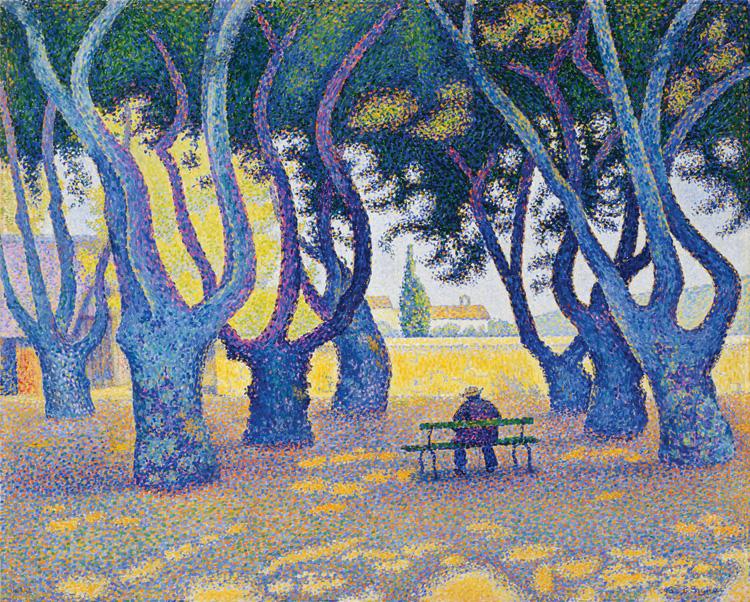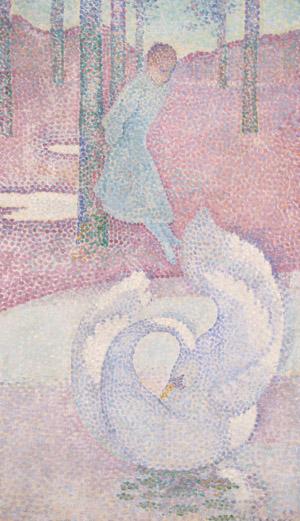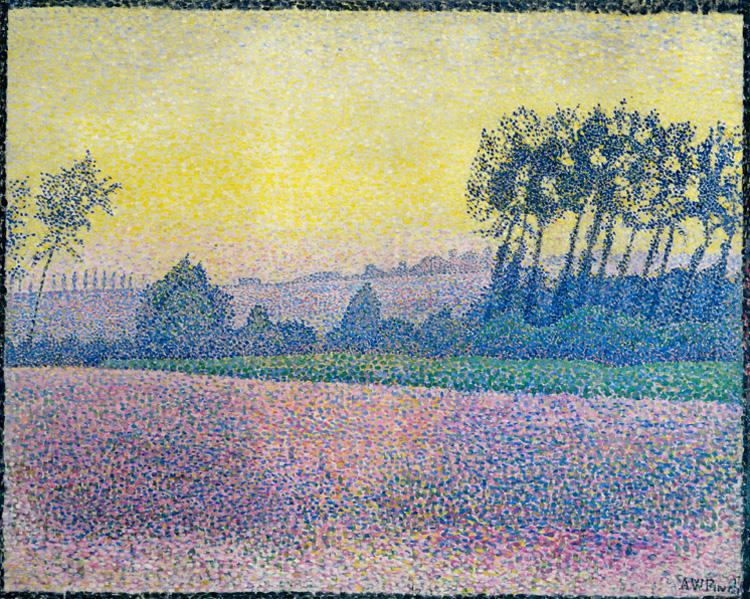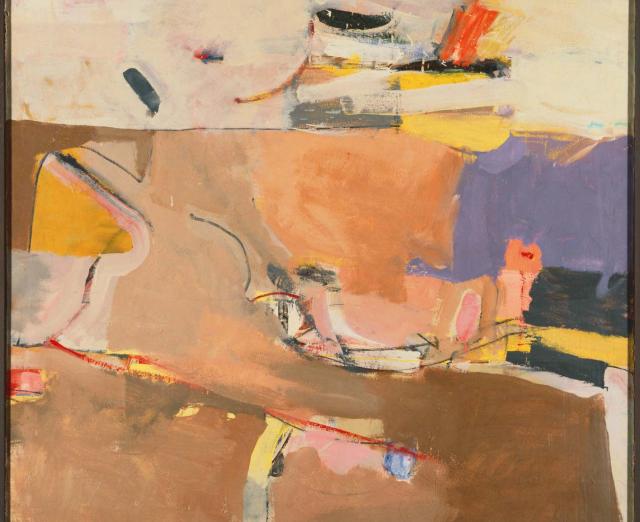The Choreographer's Process: Dance and the Dream of Realities
Exhibitions & Events
Jason Garcia Ignacio, one of CityDance’s 2014–2015 OnStage Ignite Artists, talks about artworks that inspired him for the Dance and the Dream of Realities performance at the Phillips on Nov. 20.
When undertaking this project, I started by researching Neo-Impressionism and the painters themselves. It was important for me to get acquainted with them in order to understand the depth of their masterpieces. I was intrigued to know their struggles, their journeys and the differences between their philosophies and techniques. I visited each piece at The Phillips Collection, sat with it, and thought about its resonance to me and to the 21st century. A lot of the structure of my work explores the artists’ insights about their own art juxtaposed by my insights. These contrasting viewpoints add dimension and depth to the dance. In pointillism, the colors are meticulously separate on the palette, yet together they create a mesmerizing optical illusion to the observer. I can relate to this; I want the audience to view the dancers as separate but whole in their beauty.

Charles Angrand, The Good Samaritan, 1895. Conté crayon, 33 x 24 in. (84 x 61 cm). Private collection
Charles Angrand, The Good Samaritan (1895)
This powerful painting grabbed me. Based on the parable of the good samaritan in the bible’s new testament, it’s both haunting and poetic in its portrayal of the samaritan’s compassion. The duet between the two young dancers blends precision and rawness to convey a sense of vulnerability—an emotion that I feel is inextricably linked to compassion.

Paul Signac, Place des Lices, Saint-Tropez, Opus 242, 1893. Oil on canvas, 25 3/4 x 32 1/4 in. Carnegie Museum of Art, Pittsburgh. Acquired through the generosity of the Sarah Mellon Scaife Family. Photograph © 2014 Carnegie Museum of Art, Pittsburgh
Paul Signac, Place des Lices, Saint-Tropez, Opus 242 (1893)
In a painting filled with trees, I am most drawn to the person sitting alone on a bench. I want to explore this person’s solitude. In today’s society, where time alone is a luxury, what drives a person to isolate himself?

Henri-Edmond Cross, The Swan, 1893. Oil on canvas, 18 x 10 5/8 in. Private collection, France, Courtesy Galerie de la Présidence, Paris
Henri-Edmond Cross, The Swan (1893)
I can’t help but think how excited this little girl must be as she observes the swan. One of my favorite Filipino folk dances is called “Itik-Itik”—which translates to duck. Though the dance is inspired by the movement of the duck, its endearing quality is a perfect match for ‘The Swan’. I want the audience to feel as the little girl does as she encounters this beautiful creature—bemused and enchanted.

Maximilien Luce, Camaret, Moonlight and Fishing Boats, 1894. Oil on canvas, 28 1/2 x 36 1/4 in. (72.4 x 92.1 cm). Saint Louis Art Museum, Museum Purchase, Museum Shop Fund, and funds given by Gary Wolff, the Stephen F. Brauer and Camilla T. Brauer Charitable Trust, the Pershing Charitable Trust, the Kate Stamper Wilhite Charitable Foundation, the William Schmidt Charitable Foundation, the John R. Goodall Charitable Trust, Nooter Corporation, Eleanor C. Johnson, Mrs. Winifred Garber, Hunter Engineering, the Joseph H. & Elizabeth E. Bascom Charitable Foundation, the Stephen M. Boyd Fund, Robert Brookings Smith, Irma Haeseler Bequest, BSI Constructors Inc., Mr. and Mrs. Thomas Latzer, Samuel C. Davis Jr., Dr. and Mrs. William H. Danforth, Mr. and Mrs. George Conant, Mr. and Mrs. Michael Cramer, Dr. and Mrs. David M. Kipnis, Mr. and Mrs. John O’Connell, Edith B. Schiele, and donors to the Art Enrichment Fund, 29:1998
Maximilien Luce, Camaret, Moonlight, and Fishing Boats (1894)
The strong, sharp edges of the boats contrasted by the calm, steady water feels like a metaphor for how humanity faces adversity—boldly and head on. Of course all of us face some adversity, but the women in my life truly stand out as they meet their daily struggles with strength and humility. I dedicate this piece to them.

Alfred William Finch, Landscape, Sunset, c. 1890. Oil on canvas, 21 1/4 x 26 3/8 in. Turku Art Museum, Finland, Nils Dahlström Collection
Alfred William Finch, Landscape, Sunset (c. 1890)
The rhythm of the complementary colors depicts the love affair between the landscape and the setting sun. It seemed only natural to create a pas de deux.



